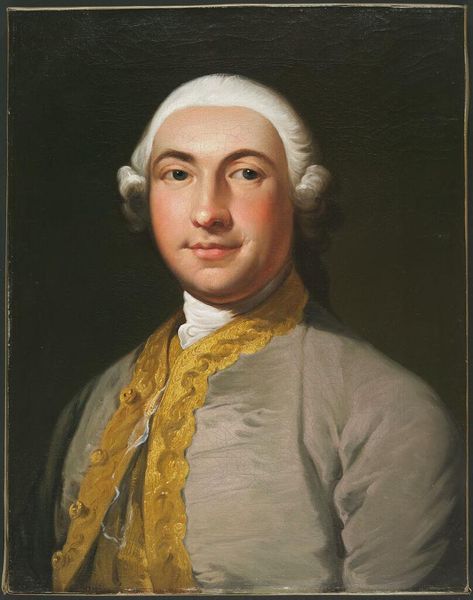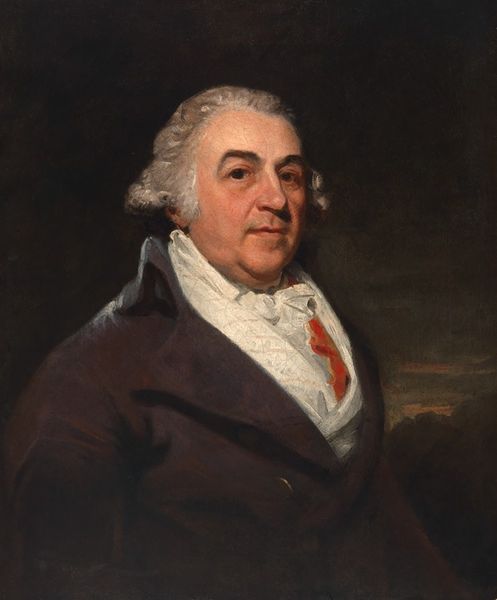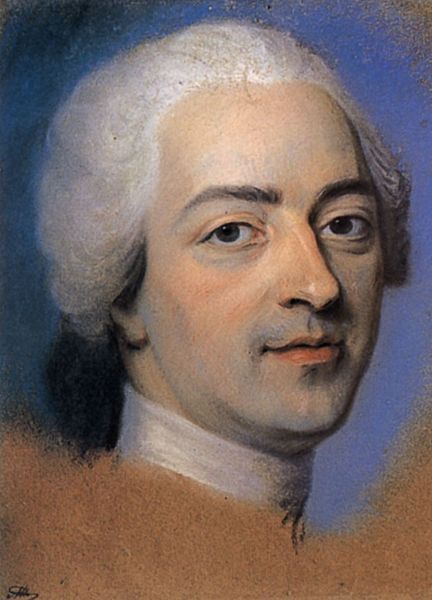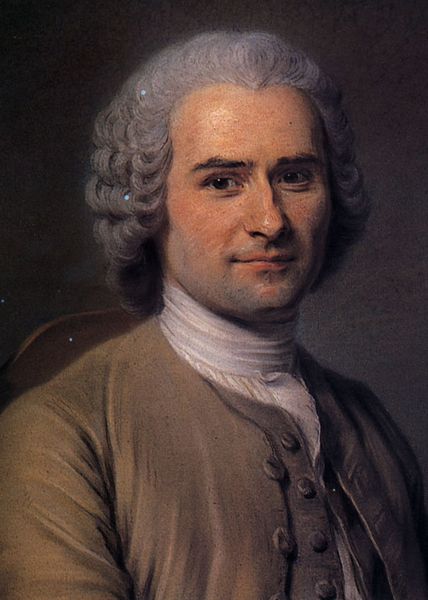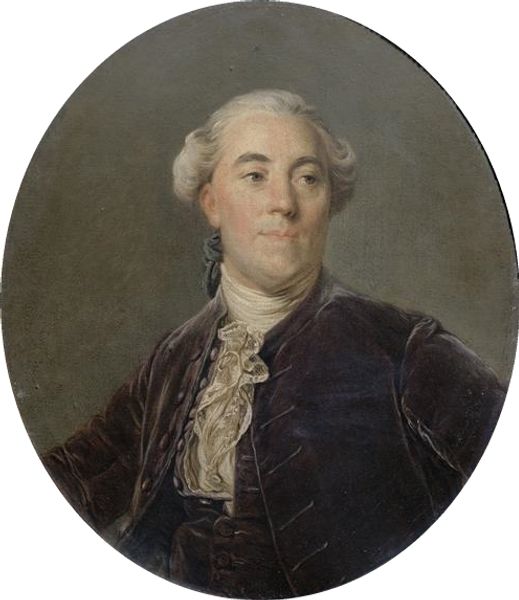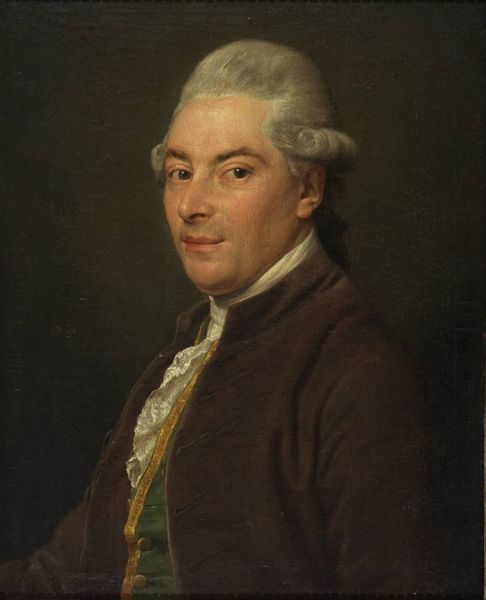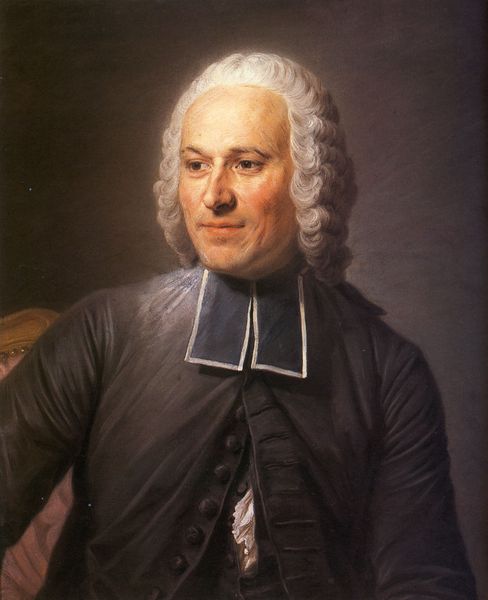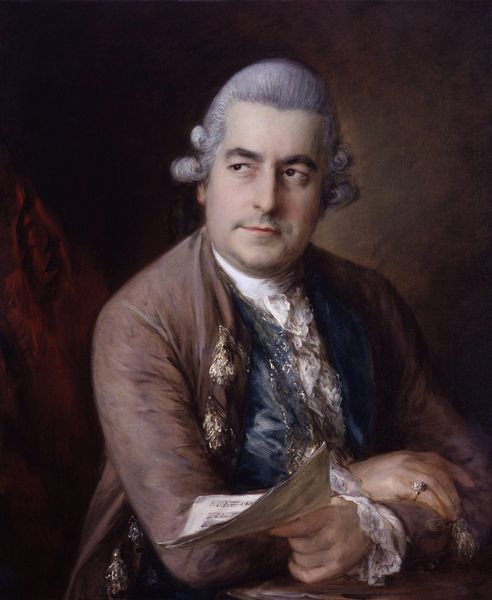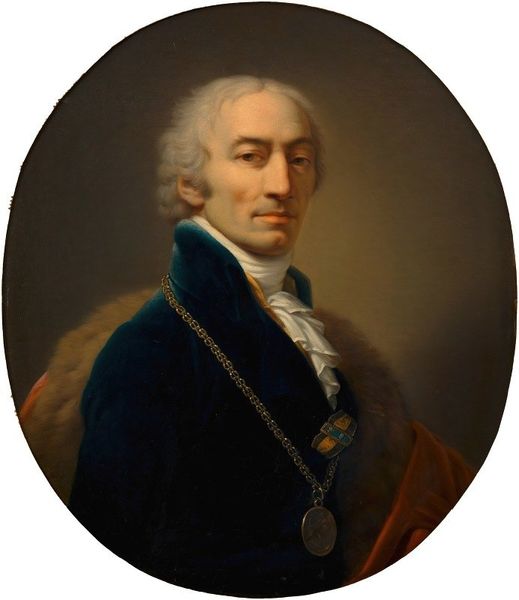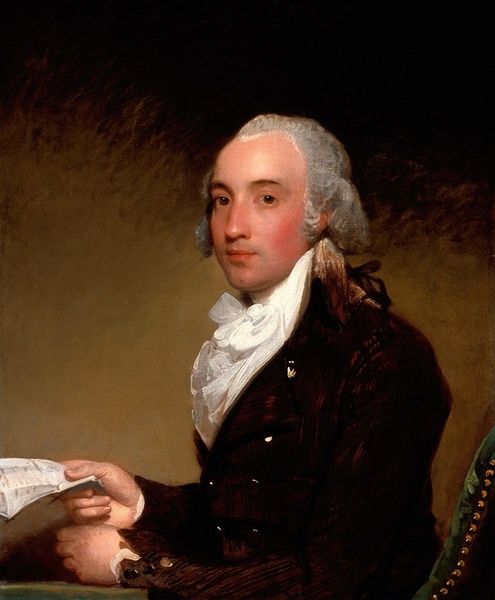
pastel
#
portrait
#
figuration
#
pastel
#
academic-art
#
rococo
Copyright: Public domain
Maurice Quentin de La Tour made this portrait study of an unknown man with pastels. La Tour was the premier portraitist in France during the reign of Louis XV. He flattered his sitters, and, in doing so, he also flattered the monarchy and the culture of aristocratic patronage. Pastel became popular because it was immediate and intimate; it wasn’t considered as formal as oil paint. It allowed artists to create flattering likenesses which were highly sought by the Parisian elite. La Tour was admitted to the Royal Academy of Painting and Sculpture in 1737, and he participated in almost every Salon until 1773. This institutional context helped him gain attention from both the court and the bourgeoisie. The power and reach of the French court made Paris the center of artistic innovation at this time. The image of an elite male, bewigged and fashionably dressed, was a status symbol. The study provides a valuable insight into the art world and social structures of 18th-century France. To learn more, look at other portraits from the period, and explore the archives of the Royal Academy.
Comments
No comments
Be the first to comment and join the conversation on the ultimate creative platform.
